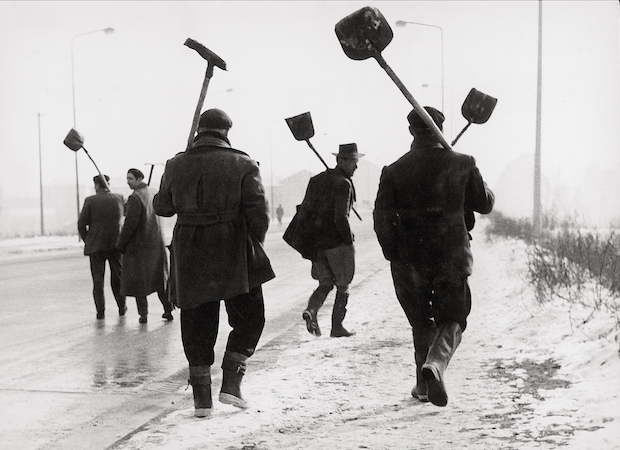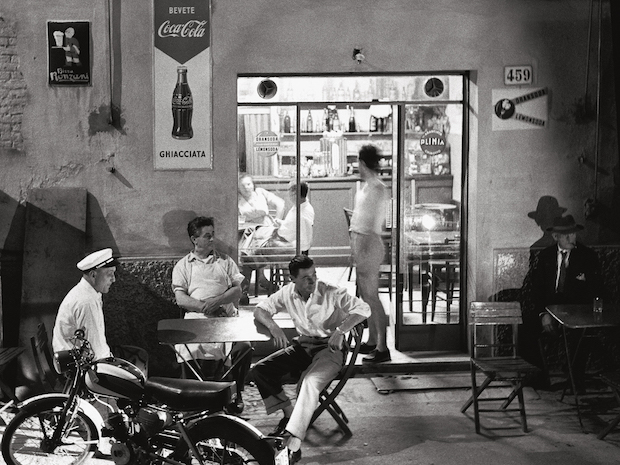Roberto Rossellini’s Rome, Open City was filmed as WW2 continued to devastate Northern Italy. It was distributed in movie theaters in war-torn Italy, and was received with lukewarm reviews by many Italian critics. Nevertheless, it unexpectedly ended up being a success both in Italy and, perhaps even more surprisingly, in the United States. In New York, in particular, long lines would form in front of the theaters in which it was being shown. As director Otto Preminger said, the history of cinema can be divided into two parts: before, and after, Rome, Open City.

For many, the movie remains the highest expression of Neorealism, the most significant Italian cultural phenomenon of the 20th century. For the first time, cinema – then the newest form of art – became the driving force for all the others, from literature (with the novels by Pavese, Pratolini, and Fenoglio) to painting (with the works by Guttuso and Vedova). The cinema of Neorealism was never a school of thought or a movement in the traditional sense, with its directors always striving to leave a strong individual imprint. Their movies remain incomparable masterpieces because what they have in common is the ability to represent reality without filters and rhetoric, while maintaining strong subjective characteristics.

But the art form that most arguably intertwines with the development of cinematographic Neorealism is photography. And it is precisely the photography of this period that is featured in a series of events throughout New York. The centerpiece of the series – with almost 180 photographs – is the exhibit, NeoRealismo: The New Image in Italy, 1932–1960, at the Grey Art Gallery and at Casa Italiana Zerilli-Marimò of New York University. Furthermore, there are also exhibits in commercial galleries and a sample of recent acquisitions in the permanent photography collection of the Metropolitan Museum – in addition to roundtables and screenings. The exhibits, organized by Admira and curated by Enrica Viganò, highlight the contributions of photography to the full development of Neorealism. More than being a contribution, however, I would argue that they were a productive exchange, a dialogue between directors and photographers who inspired one another—and who often took on both roles (emblematic in the case of Lattuada).

Thanks to the intelligent set-up of the exhibit this dialogue is made evident, especially in some of the sections, such as the one dedicated to childhood. A series of snapshots in which the gazes and postures of children forced to grow up too fast evoke in a specular manner those of the protagonist kids of Neorealist movies, from Paisà to Ladri di biciclette. The other particularly interesting section is the one dedicated to magazines, such as Cinema Nuovo, that are credited for having established photojournalism (a radically new way of producing information) and that aimed to provide new stories, ideas, and images to filmmakers.
Martin Scorsese, the American artist who has the greatest knowledge of Neorealism and who has been most inspired by it, concludes his introduction to the catalogue of the main exhibit with this brilliant definition: “Neorealism is difficult to define. It is an impulse. It is a moment. It is an act of recovery and restoration. It is a source of inspiration, a fountain that never stops flowing”.
Translated by Emmelina De Feo












